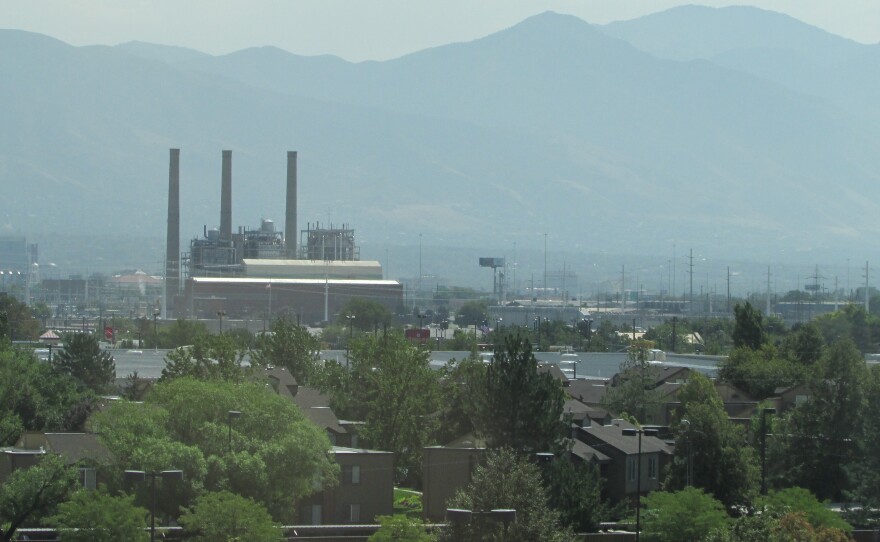Wildfire smoke from the Northwest has kept Utah’s skies hazy and polluted. But storms ahead promise at least a temporary reprieve.
On Monday, National Oceanographic and Atmospheric Administration maps showed smoke from thousands of wildfires across the West drifting into 19 states. The soot from those fires is pushing fine particulates in Utah into the unhealthy range.
“There are thousands – literally hundreds of thousands of acres burning in Washington,” says Bo Call, who oversees air-quality monitoring for the Utah Division of Air Quality, “and it’s producing a lot of smoke. And as long as the wind blows in our direction, we get it.”
That was true late Saturday, when PM 2.5 pollution was three times higher in Box Elder County than the Environmental Protection Agency’s allowable limits. A southward shift in air currents had begun cleaning the air on Monday. And storms midweek are expected to sweep the pollution away for a few days. But Call says there’s no way to know what’s beyond.
“Unless the fires are put out,” he says, “and until they’re put out, all it would really take is the wind direction changing, the front changing, a high-pressure system, a low-pressure system or something coming in, and we could once again be smoked out by these fires.”
That could mean stinging eyes and scratchy throats will be returning to Utah.
Air-quality officials say the best way Utahns can protect themselves from the harmful effects of the smoke – especially those in sensitive groups -- is to stay indoors.







